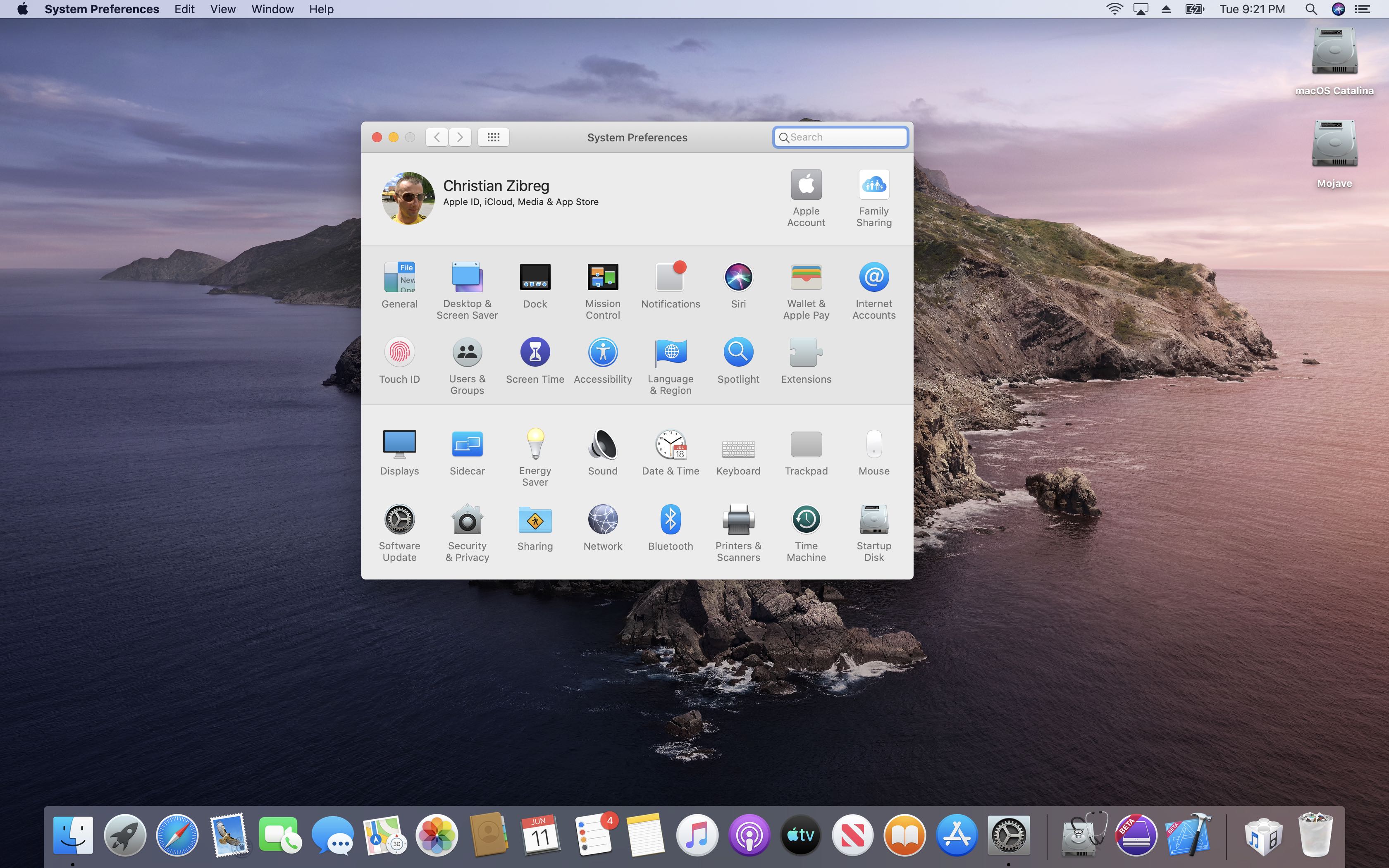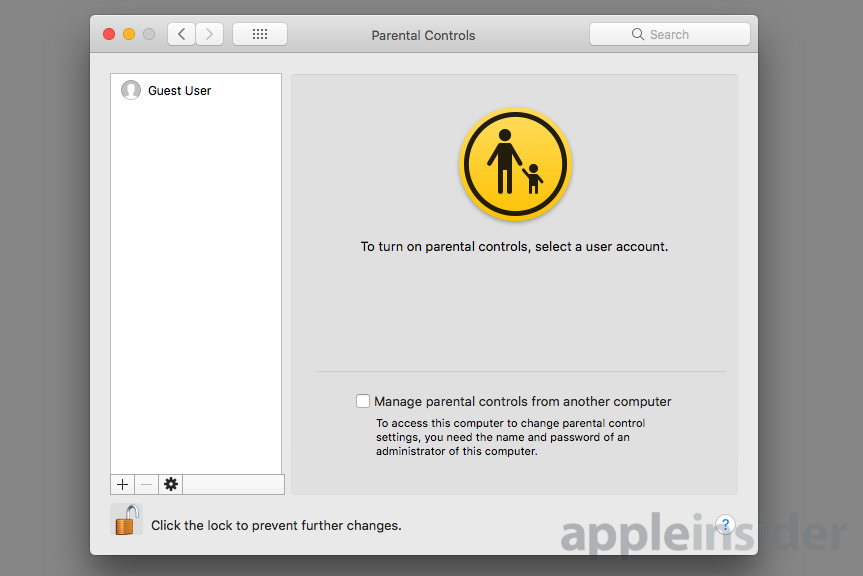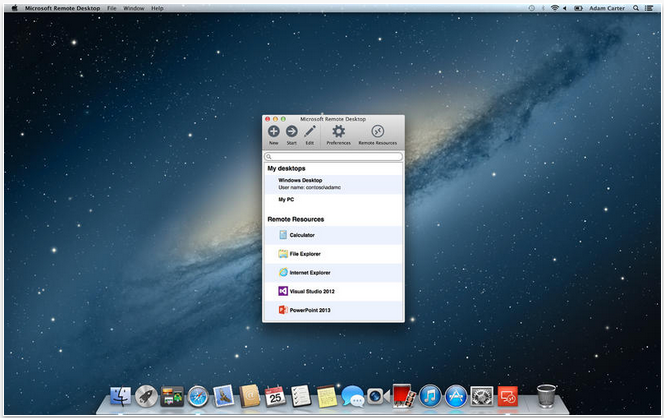Software developers, data architects and power users have expressed a need to run Microsoft Access on their Mac without partitioning their hard drives or restarting.

Software developers, data architects and power users have expressed a need to run Microsoft Access on their Mac without partitioning their hard drives or restarting. Firstly, if you fall into this category, Parallels Desktop for Mac can assist you with developing application software without.
- Great App for GTD Method Best app I have found for use with the GTD method. I originally used Wunderlist and it was great. But this one is getting the latest and greatest updates that allow it to work much better with ios shortcuts so you can program your iphone so that you can add a task to a specific list by voice on the go without even looking at your phone.
- Alternatives to Microsoft Access on the Mac File Maker Pro. FileMaker is probably the best known database application for the Mac. It has a feature set comparable to Microsoft Access, but with a strong focus on forms (layouts) as the primary way of accessing databases.
- Unlike iOS, Android is more open and can be emulated on a number of platforms, allowing you to access the vast library of Android apps not only on Android but Mac and PC too.
- If your Mac keeps asking for your keychain password. If a trusted app asks for keychain access. If you need to update your keychain password. If you forget an app or server password. If you receive an invitation from a certificate authority. Yes No Character limit: 250. Please don’t include any personal information in your.
Firstly, if you fall into this category, Parallels Desktop for Mac can assist you with developing application software without reformatting or rebooting your machine. As seen below:
Access 2016 in Win10 in Parallels Desktop
Secondly, users can create tables, queries, forms, and reports that connect their projects together with macros. Even more advanced users utilize Visual Basic for apps to write advanced data manipulation and user control solutions.
Here at Parallels, we’re excited whenever our customers share with us the incredible projects they produce and how Parallels Desktop has helped them get work done faster!
Check out how some of our users are using virtualization for Microsoft Access:
Juan Becker of New York – “I was given a Mac when coming onto the team at a new job and as a life-long Microsoft guy I was missing the most important application for my position: Microsoft Access. I needed it and that was the issue but had no idea how to get it on my Mac or if it would even work.
I found Parallels as a solution for running Microsoft Access through the Parallels forums and saw other users had success. There are specific macros such as ActiveX data objects that work within MS Access that I need for my position and Parallels was and is so easy to use, which makes me a user for life. I additionally ended up buying Parallels Access for remotely connecting to my Mac or Windows through my tablet and phone, which allows me to travel for work without my laptop.
That, along with all of the other options and tools that Parallels offers, was a no-brainer, and like I said before, I was instantly sold and will remain a user for life!”
Jason Cooper of Indiana – “I am running a fairly large Microsoft Access database (roughly 60 MB), and as a longtime Boot Camp user, I quickly found myself needing to avoid restarting my machine every time I wanted to switch operating systems in order to speed up my work productivity.
The reputation of Parallels Desktop is what sold me three years ago. The first time I ran one of my queries through Parallels, it processed very quickly, in around five seconds.
I’m the lead webmaster and director of information security for my company, so finding a solution for Microsoft Access was a necessity. Additionally, I plan to do multi-platform software testing for work and found that Microsoft Access runs through Parallels exactly as if I were running it on a PC.”
Nevertheless, Parallels Desktop is an easy and cost-effective solution to run Microsoft Access on your Mac. It provides our customers and their employees with the right tools, which effectively allows our customers to be more productive in a virtual world. Try running Windows programs on your Mac without restarting for 14 days here FREE: Try Now!
Need Microsoft Windows operating system to get started with Microsoft Access? Buy directly below:
How to find the Applications folder on a Mac? It is relatively straightforward.
Either to go the top-level Finder menu, then along to the Go dropdown.
Scroll down and click on Applications. This should open a folder containing the files and shortcuts of every app you’ve ever downloaded or own/use by default.
Other ways to access the folder include running a Spotlight or Siri search, or accessing it using any keyboard or mousepad shortcuts you've got in place.

Now, within this folder, you should be able to find every app you’ve ever downloaded. Only native macOS apps can’t be removed. But everything else is easy to delete. If your Mac isn’t performing as good as it once did, take the time to go through and drag into Trash anything that is taking up space you’d prefer to reassign to something else.
Find your Application folder via Launchpad
There are two kinds of Mac users: one kind prefer Finder, others trust in Launchpad. Launchpad is a classic Mac feature and is worth praise for its looks alone. You can find and delete your apps right from there.

Launchpad trick: Can you make your apps dance?
When you click on the Launchpad icon in the Dock you will see your apps and your widgets.
Hold the Command key and click on any app — the apps will start shaking
Click on the hovering [X] to delete any app you want
Microsoft Access For Mac
How to find hidden Applications
Best Mac Apps
As a matter of fact, some of your apps don't show up in either Finder or Launchpad. Such apps could be small supporting programs or intentionally stealth software. But as the saying goes, there's no lock without a key. There are tools to see your hidden apps and folder and some are even free to download, like CleanMyMac X by MacPaw.
This highly popular tool comes with a tool called 'Space Lens.' This is another way to find your Applications folder if you don't like browsing the Finder. With its help, you can visualize your entire storage and uncover all your files and folders.
- Download CleanMyMac X (get it for free here) and launch the app.
- Choose Space Lens.
- Click Run to build your storage map.
- Choose Applications folder.
Access For Apps Mac Os High Sierra
Occasionally, a Mac user can lose or misplace a folder from where it was situated in the Finder sidebar - and some will also place this folder in the Dock. Here is how you can put the folder back where it belongs.
How to restore a missing Applications folder?

- Go to the Finder menu.
- Select Preferences.
- Choose the Sidebar tab within Preferences.
- Re-check the option to show Applications in the Finder Sidebar.
- Now it should show up again in the Finder Sidebar and Dock.
With access restored, it should be easier to manage the applications you need - and those you don't - in your Mac.
I hope you find this article useful. Thanks for reading!
